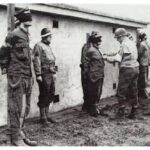
On December 16, 1944 the Battle of the Bulge, or Operation Herbstnebel (Autumn Mist), began. It remains the largest battle the U.S. Army has participated in outside of the U.S. Civil War, and hundreds of books have been penned about it. But it is a German commando operation during the Nazi offensive that has created one of the Second World War’s more intriguing mysteries. One that remains unsolved to this day.
In the fall of 1944 Adolf Hitler asked Otto Skorzeny to create a special unit to help spearhead Herbstnebel by capturing key bridges over the Meuse River and sowing confusion and panic behind Allied lines. Codenamed Operation Greif (Griffen) Skorzeny’s men would don captured British and US Army uniforms and employ using captured Allied vehicles toward achieving the mission’s objective. Skorzeny’s command was designated Panzer Brigade 150, and eventually included; 2,500 men, a Sherman tank (with Panther tanks mocked up as M-10 tank destroyers forming the balance of the unit’s firepower), and about 50 captured U.S. Army jeeps, scout cars, and trucks (again with most of the vehicles consisting of disguised German equipment).
On all counts the manpower and equipment gathered was insufficient to Skorzeny’s needs. As was the quality of the manpower. Few of the men had experience as commando’s, and only about 200 men spoke English well enough for the mission’s goals. In addition the men had hardly any time to come together as a team, little opportunity to practice and train, and almost no real reconnaissance was done to prepare for what was a complex operation.
For example the Brigade’s small Einheit Stielau unit consisted of roughly 50 of the best English speakers. Yet in spite of this it would cause the bulk of the disruption behind the Allied lines. The two panzer and one volksgrenadier divisions the bulk of Panzer Brigade 150 was tasked to follow (and then race forward from) failed to take their objectives. As a result the majority of Panzer Brigade 150 went into action conventionally and without success. Meanwhile, 44 men from the Einheit Stielau commando penetrated Allied lines and created much mischief in the initial days of Herbstnebel. Only eight of these men returned to German lines.
Seventeen of the men were captured and executed following trials by military commission. Sixteen of these trials occured between December 21st and 31st of 1944 (the December 23rd execution of Unteroffizier Manfred Pernass, Oberfähnrich Günther Billing, and Gefreiter Wilhelm Schmidt is pictured above).
The team leader, Günther Schulz, was tried in May 1945 and executed in June 1945. Following the war Skorzeny himself was tried in 1947, but was acquited of much the same charges that resulted in the deaths of seventeen of his men. All of the December trials took place under the appointment of the U.S. First Army’s commanding General, Courtney Hodges, with his authority stemming from written instructions provided by the Twelfth U.S. Army Group’s commanding General, Omar Bradley.
By all accounts Bradley acted pursuant to verbal instructions provided by General Dwight Eisenhower, the Supreme Commander of Allied forces in the European theater of Operations. The men executed following these trials constituted the majority of German soldiers tried and executed by the U.S. Army during the entirety of the Second World War.
The use of military commission’s in the U.S. Army was not unique at that time, and had a well-established history going back to the 19th century Mexican-American war. Moreover, the wearing of enemy uniforms was not unique during World War II.
British, American, and Axis forces had frequently donned their opponents uniforms in various special operations throughout the war. Furthermore, and in spite of precedent established by the Hague Conventions of 1899 and 1907 codifying the treatment of spies caught during wartime, suprisingly few soldiers so captured by the Allies or Germans (at least in regards to the Anglo-American led forces – the German Eastern Front was a whole different story) were punished by death.
And therein lies our mystery. In fact though some might argue it is little more than a historical footnote, it is nevertheless one aspect of the battle that has been almost completely ignored. That being Eisenhower’s decision to try by military commission and subsequently execute these German soldiers caught while participating in Operation Greif.
An order that not only went against even established precedent at the time, but leaves one wondering why at the height of the US Army’s greatest battle did Eisenhower order these soldier’s to their deaths? Any information my readers have as to Eisenhower’s thought process authorizing not so much these military commissions (which I believe was sound in this context) but the reasoning behind the executions would be greatly appreciated
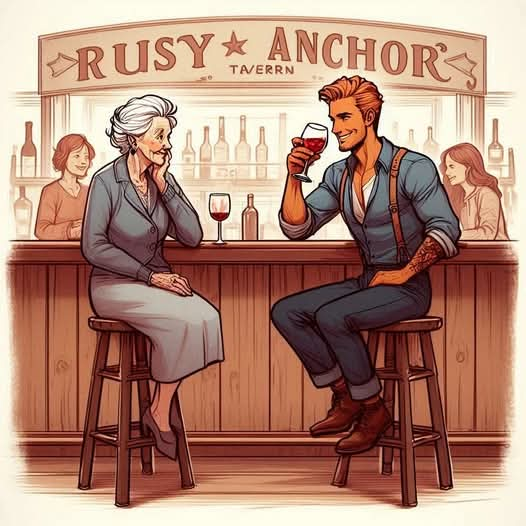
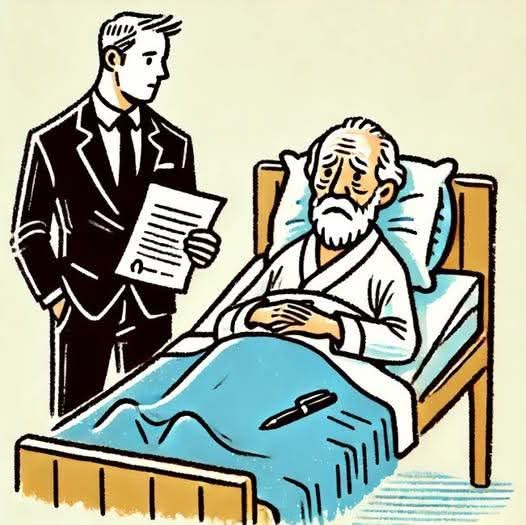
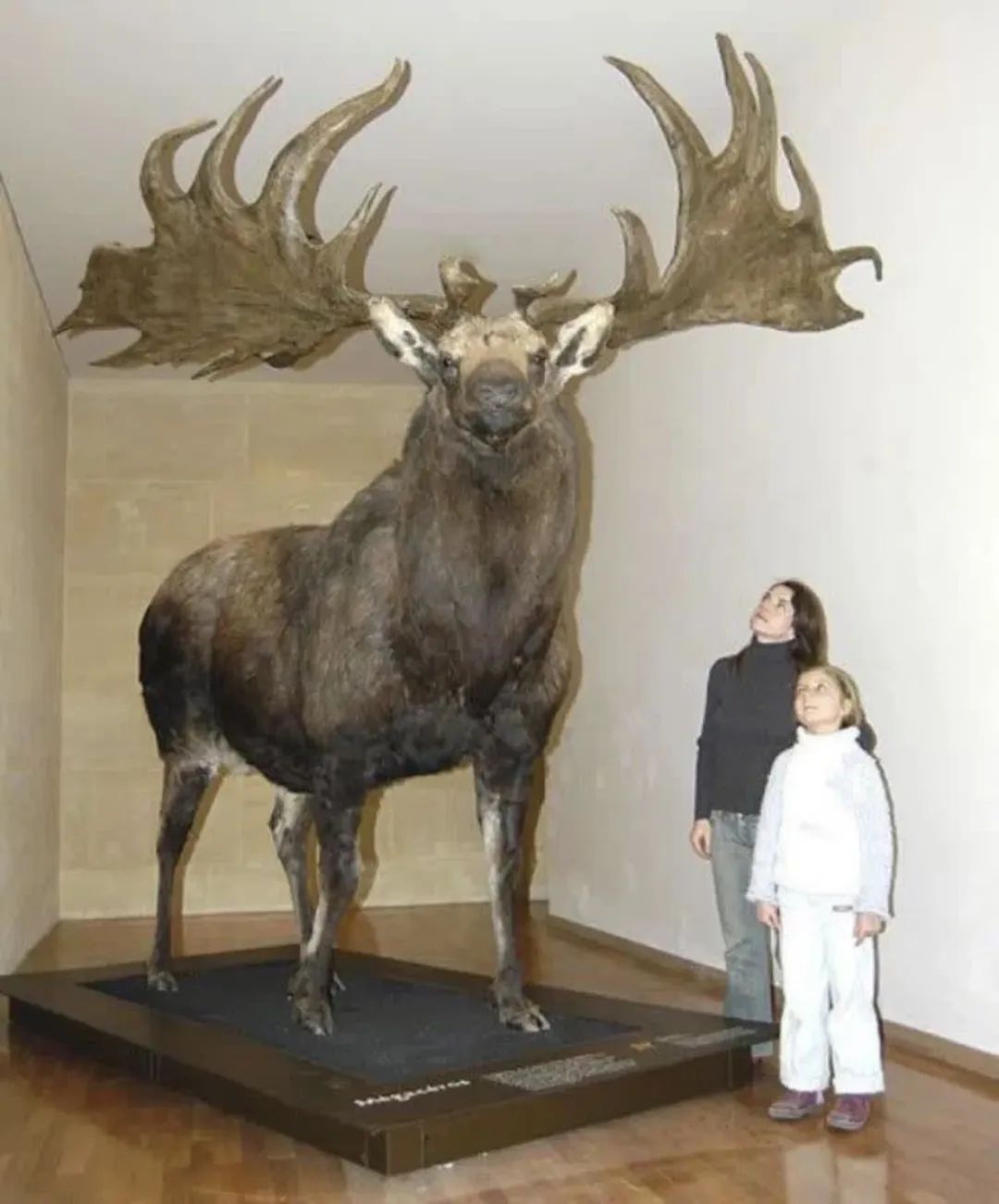

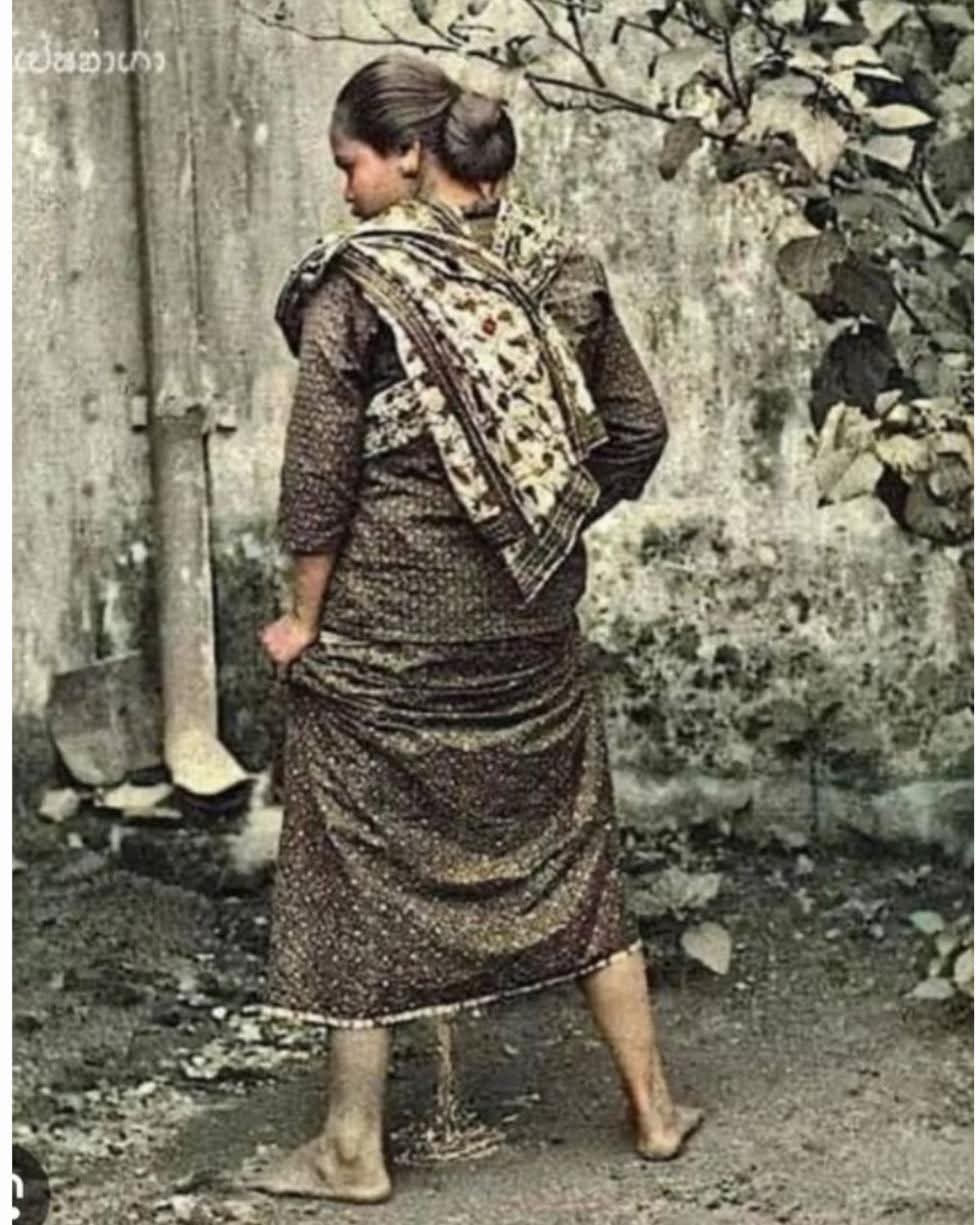

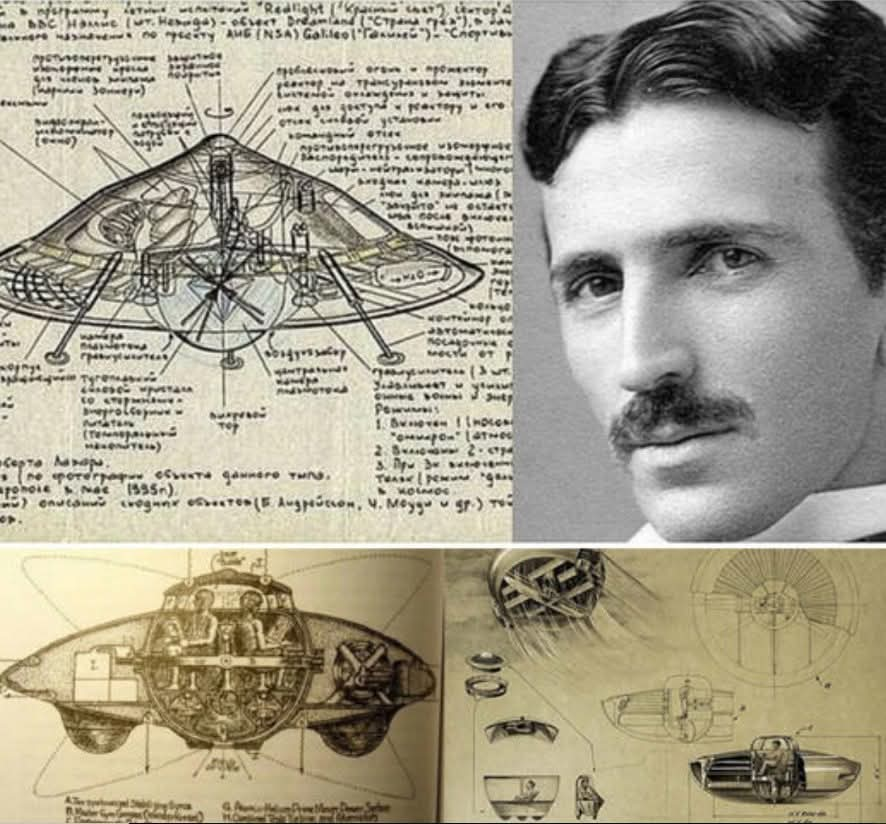
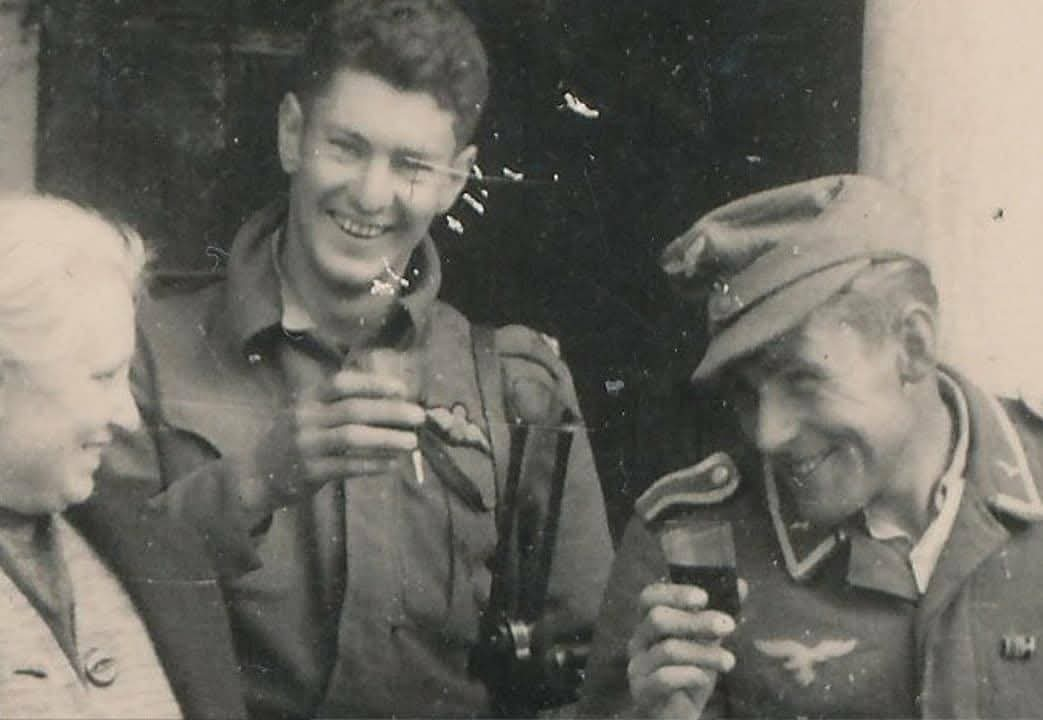
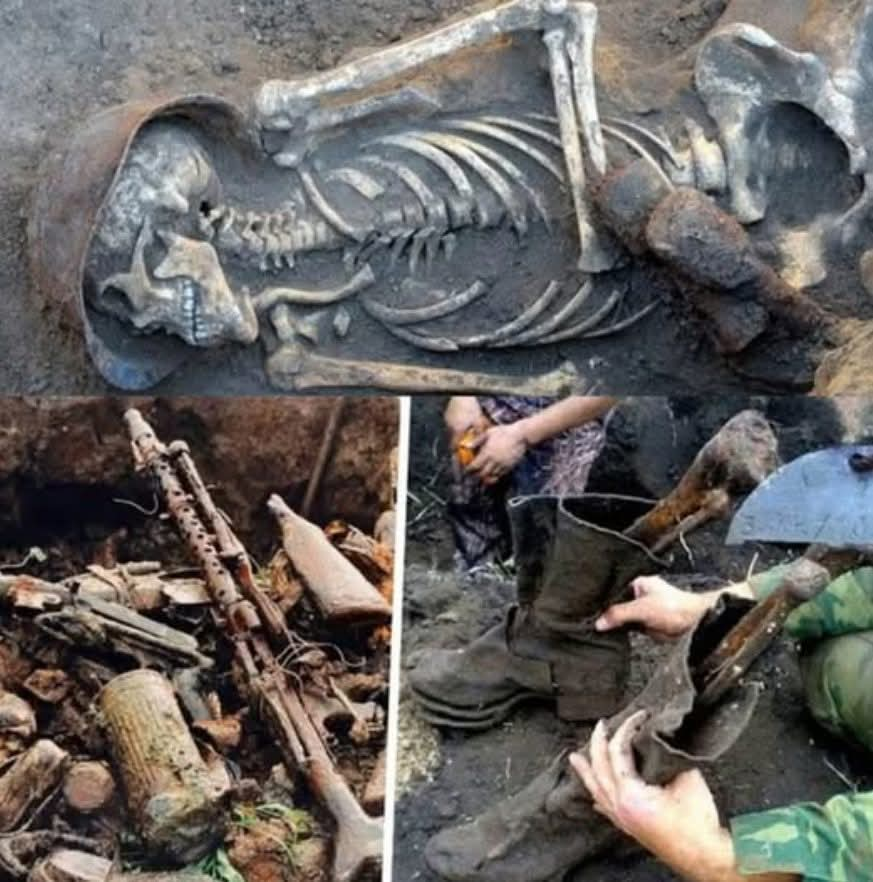
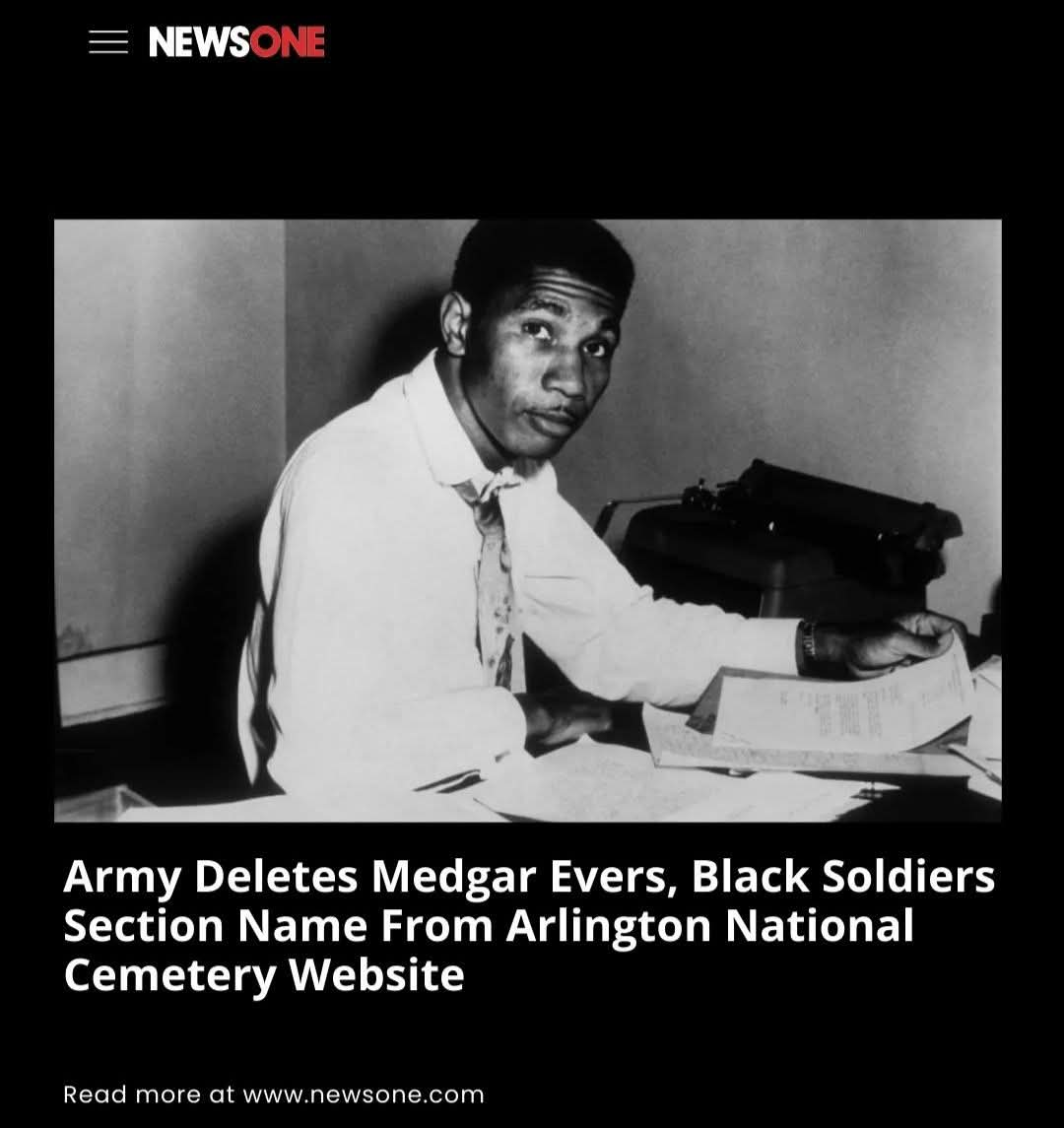
Leave a Reply